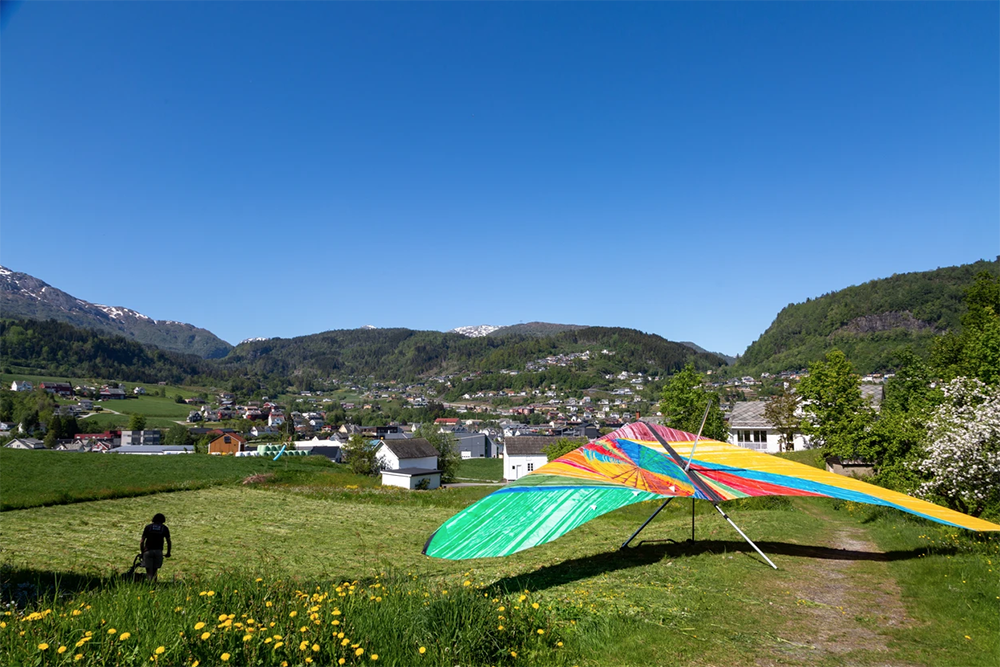As contemporary culture takes on more social and environmental responsibility, the creative field is likewise engaged in raising community awareness and shaping social conscience. Many question why and how art can be a catalyst for social and ecological sustainability. Art, as an agent of change, has the ability to put forth unconventional ideas and engage in alternative ways of thinking, perceiving, and acting. Accordingly, artists are a crucial resource – along with science and technology – for imagining innovative solutions to the most urgent questions facing us. Art, in its participatory capacity, becomes a bridge to reach and connect people. It is a powerful tool for imagination and communication, turning what was once unthinkable into a tangible possibility, and in so doing leading to collective motivation.
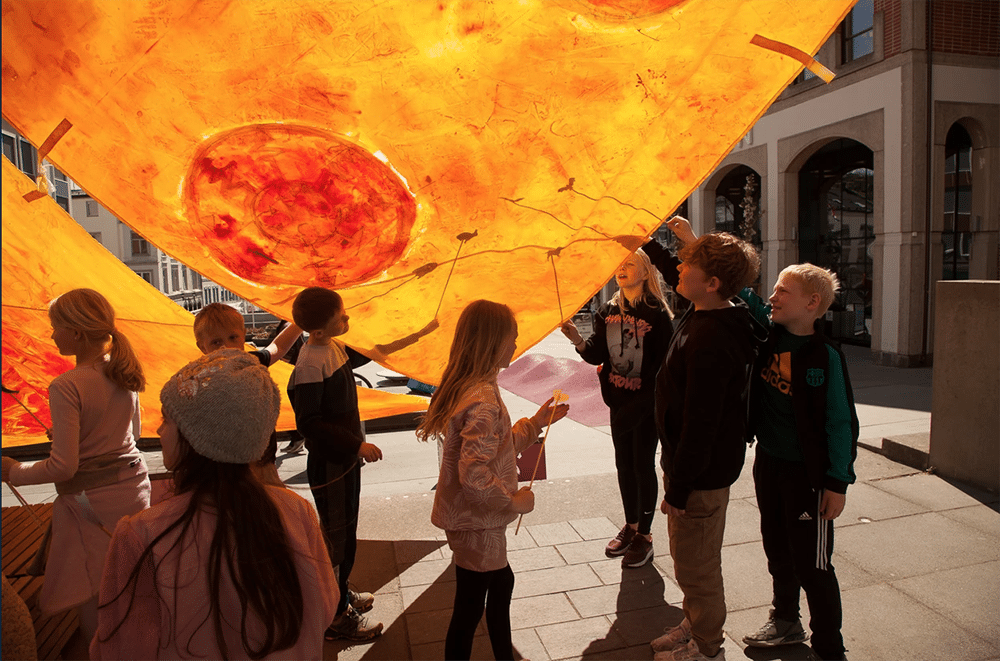
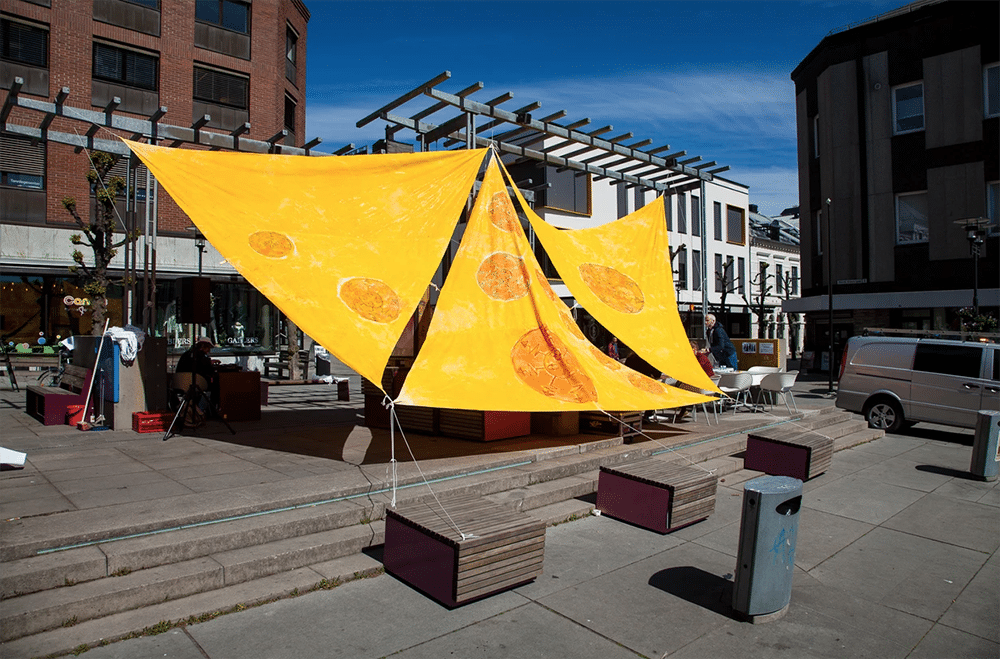
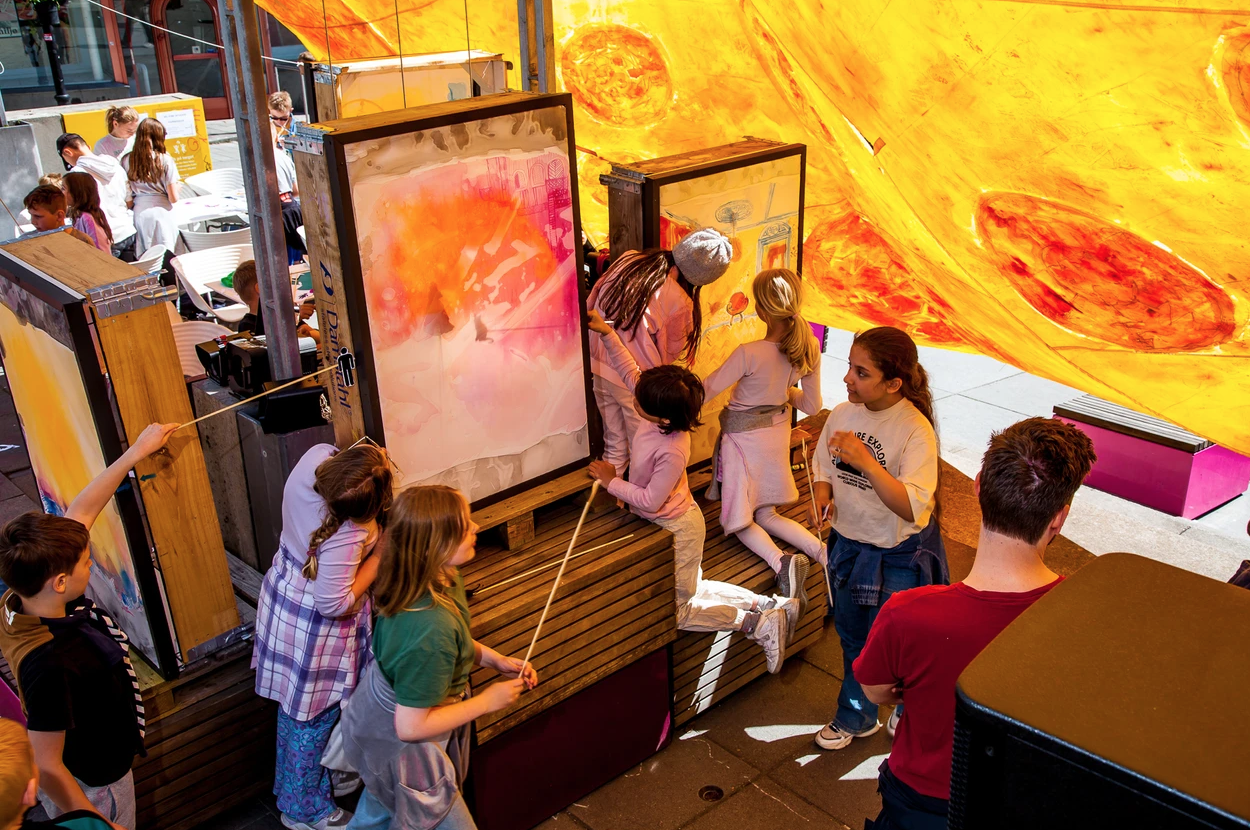

For those searching for a concrete example of an inspiring and grounded artistic project engaged in social and climate activism, you need look no further than Rjukan Solarpunk Academy in Rjukan, Norway. “Solarpunk” is a widespread literary, artistic, and cultural movement that promotes an optimistic and progressive vision of the future, with a focus on renewable energy and new sustainable technologies. The article Solarpunk: Notes toward a manifesto by Adam Flynn, published by the Hieroglyph Project, opens with a particularly poignant sentence:
“We’re solarpunks because the only other options are denial or despair.”
The article goes on to state: “Solarpunk is about finding ways to make life more wonderful for us right now, and more importantly, for the generations that follow us – i.e., extending human life at the species level, rather than individually. Our future must involve repurposing and creating new things from what we already have (instead of 20th century “destroy it all and build something completely different” modernism). Our futurism is not nihilistic like cyberpunk and it avoids steampunk’s potentially quasi-reactionary tendencies: it is about ingenuity, generativity, independence, and community.” 1
- Solarpunk: Notes toward a manifesto | Project Hieroglyph (asu.edu)
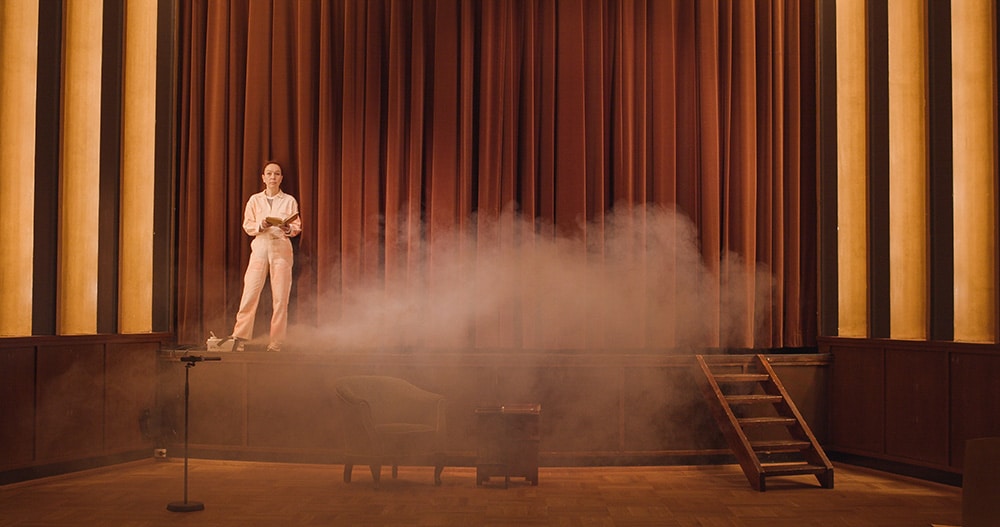
The term "solarpunk", which originated in the ‘10s of the current century, 2 is founded on the hope and imagination of a better future and on concrete strategies to realise it. It is therefore intended to be a cultural movement, open and progressive, based on key concepts such as collectivity, ecology, equity, and inclusivity. It is a counterculture that understands the solution as an ongoing process rather than a determined point of arrival. In times of crisis, solarpunk provides a network of ideas, sensibilities, and values that can generate answers to our most pressing questions regarding sustainability and structural change.
- The term solarpunk was coined on the Internet and was first used in 2008, initially spreading in blogs and online discussions, but it became popular after the publication in 2011 of Innovation Starvation, an article by science fiction writer Neal Stephenson criticising the stalemate in which modern science finds itself. Stephenson points out how society's lack of initiative, especially in the field of renewable energy, has gradually been reflected in the science fiction literature of recent years, which is increasingly characterised by dystopian and pessimistic visions. The writer also speaks of Hieroglyph Theory which argues that the scientific concepts behind the great science fiction stories of the last century, played an important role in scientific progress in the past as they presented technological innovations with an internal logic that influenced the scientific community of the time.
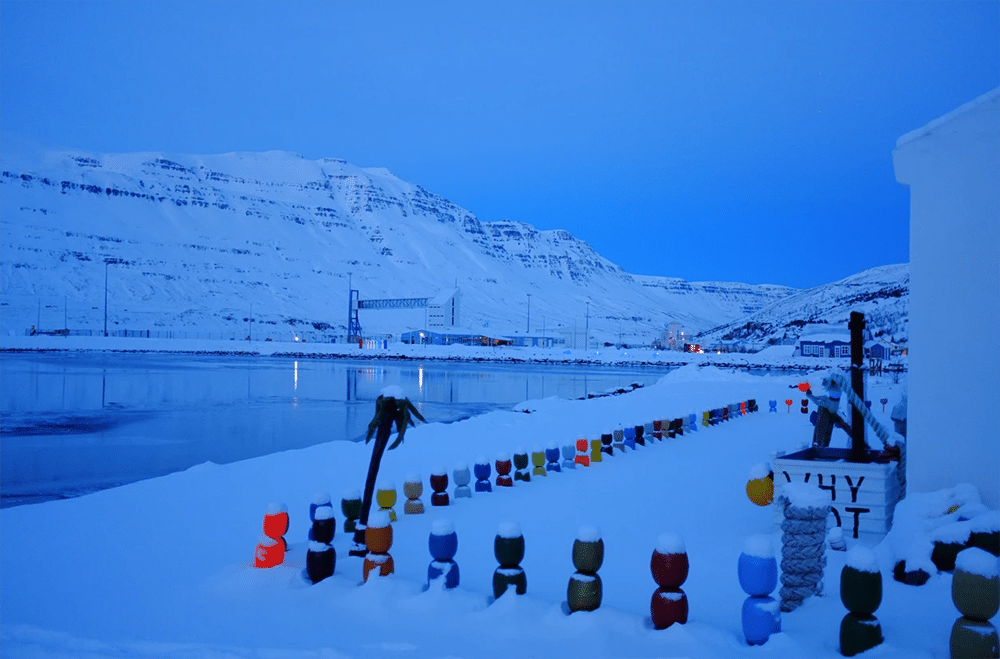
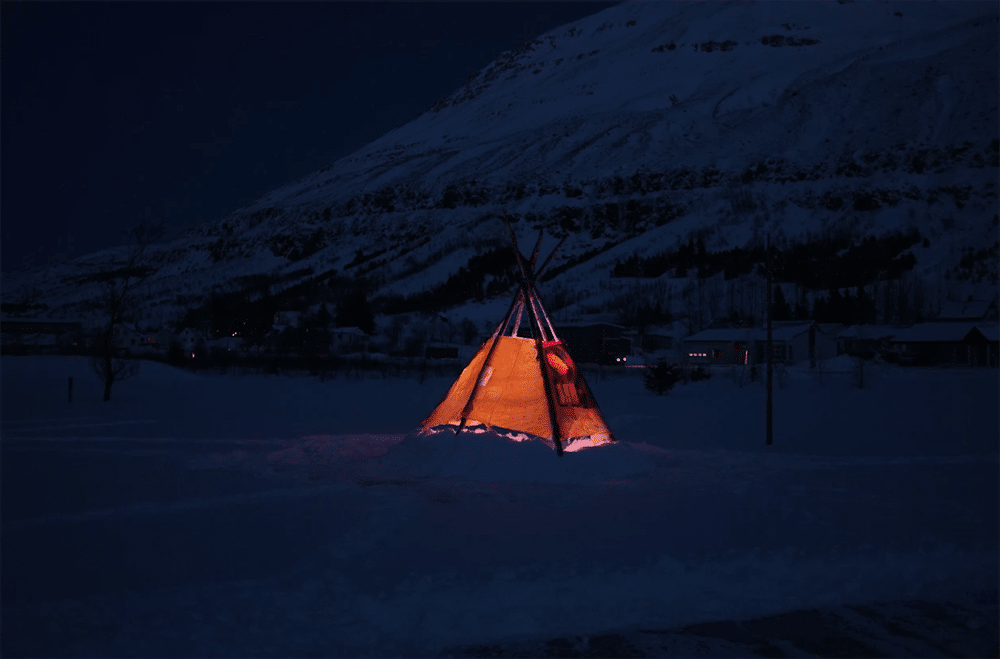
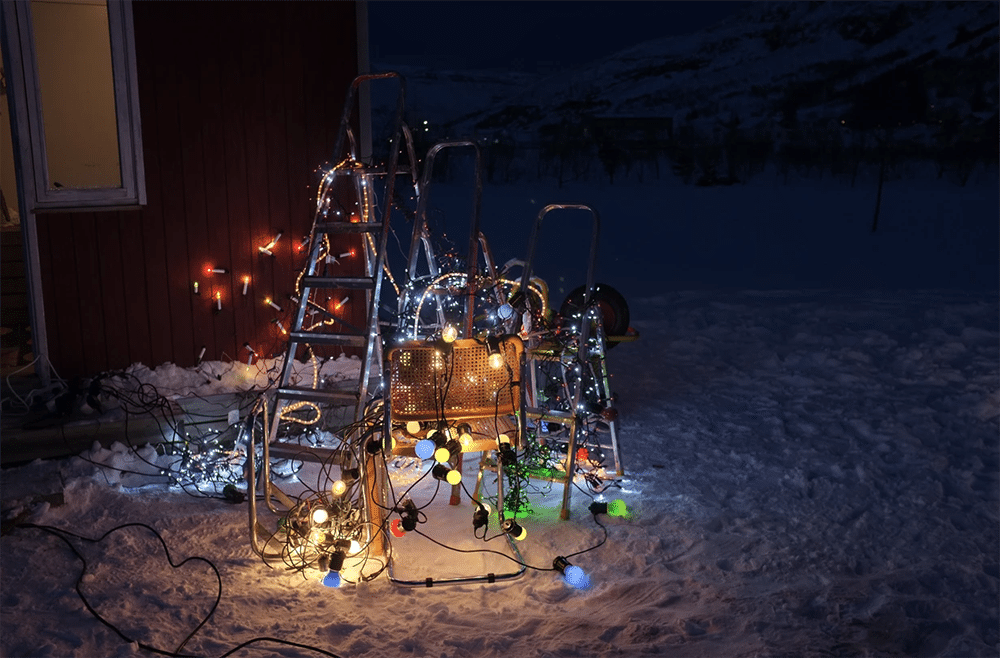
As a part of this movement, the Rjukan Solarpunk Academy (RSA) seeks to answer and embody the question that Jay Springett, theorist and strategist of “hybrid environments”, 3 used in his 2017 definition of solarpunk: “What does a sustainable civilization look like, and how can we get there?” 4 The Rjukan Solarpunk Academy is a non-profit art organisation founded in 2019 by two artists – Martin Andersen and Margrethe Kolstad Brekke – that aims to create and empower communities through bottom-up and artist-led processes of social innovation. In their activities, RSA puts forth a new model of sustainable cultural production, showing how investing in art can further transform the Rjukan area by shaping sustainable regional development. By carrying out high quality art projects around the theme of sustainability, RSA intends to educate people on these matters while also integrating contemporary art into society. . RSA’s activities for green innovation revolve around the core concepts of engagement, involvement and co-creation as well as cross-disciplinary collaboration through art. Most of their projects are multidisciplinary and involve a wide range of collaborators, both in Norway and internationally. RSA consists of an art school, an artists-in-residence programme, a studio and exhibition space, the site-specific public artwork Solspeilet, 5 and a café as an additional place for meeting and conversation.
- Hybrid environments are cohesive worlds made up of people, places, technologies, and the cultures they create together.
- Jay Springett, SOLARPUNK : A REFERENCE GUIDE, Medium.com, Feb 26, 2017.
- The Sun Mirror / Solspeilet is a site-specific public artwork by Martin Andersen. It runs on solar and wind power and is thereby self-sustainable and works in harmony with nature, and is an example of the use of technology to improve a sustainable life. “Thanks to Solspeil the narrative of Rjukan has changed from Rjukan that lacks sun to Rjukan and the sun.” Karin Coenen: Creatively transforming periphery? Artists’ initiatives, social innovation, and responsibility for place, Norsk Geografisk Tidsskrift, 2023.
Solarpunk Arts Festival is set to bring ideas together in Rjukan through an artistic-academic collaboration. RSA was first invited to join the Empowered Futures project initiated by Norges Miljø- og Biovitenskapelige Universitet (NMBU) by hosting biennial workshops in Rjukan funded separately from the festival. The primary aim of Empowered Futures is to significantly strengthen the societal relevance of doctoral education by addressing the social and environmental controversies of low-carbon energy transitions. The Solarpunk Arts Festival will be synchronized with this project by connecting artists and researchers, and drawing the themes of each festival from the Empowered Futures research. Each art piece included in the festival will originate from questions driving the scientific research, and therefore act as a method of communication making the science more accessible to wider audiences. Conversely, the artistic process is an alternative form of research itself, introducing new methodologies and creative solutions to the scientific community. In this, RSA not only imagines solutions, but also shifts perspectives, allowing people who engage with their projects to see, think, and act differently, and feel empowered to create their own solutions as well.
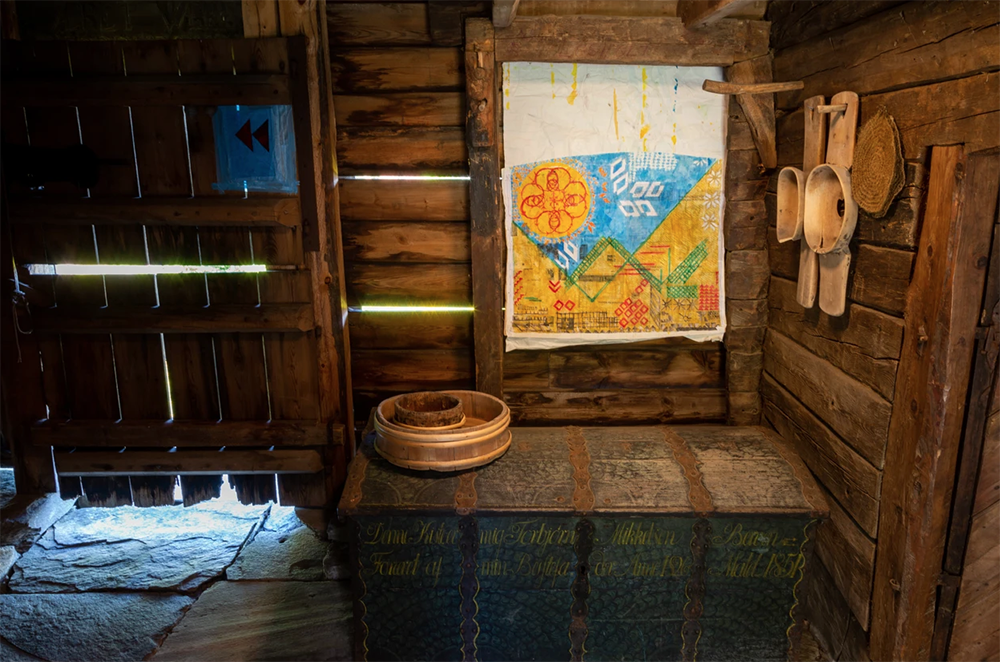
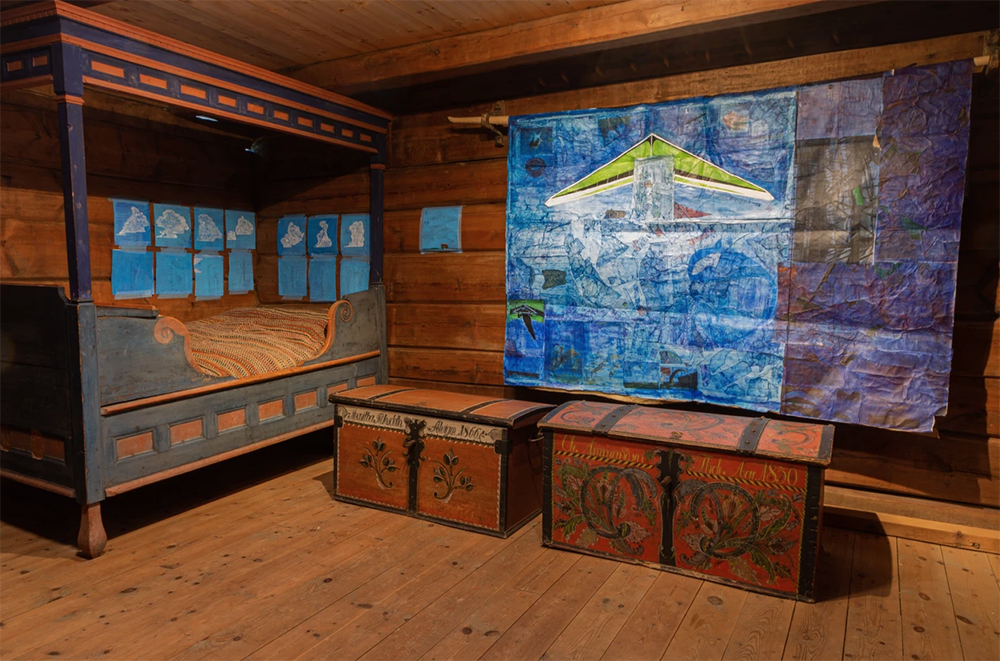
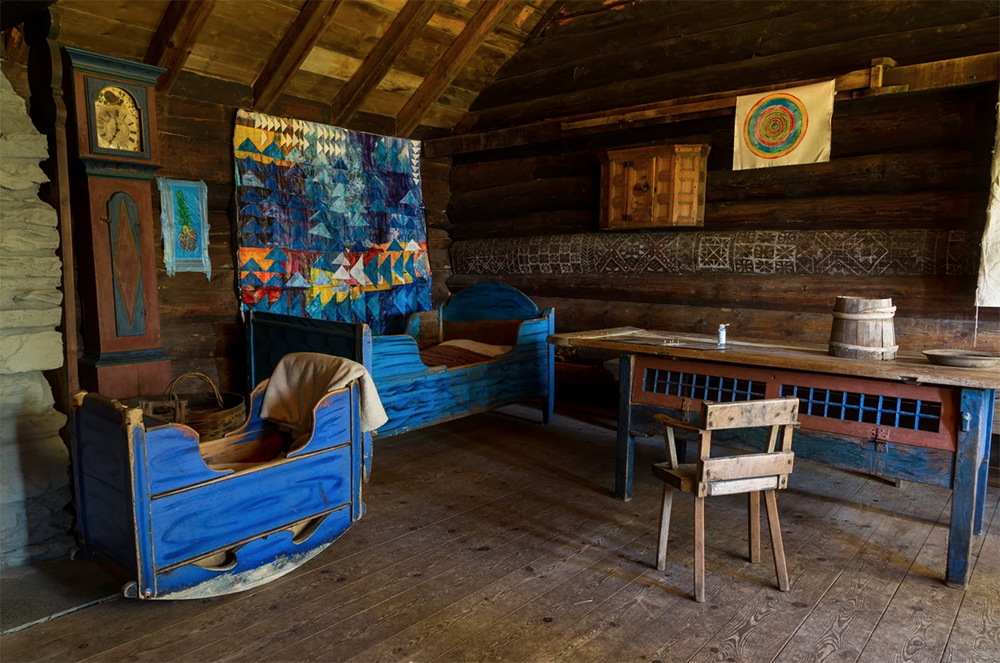
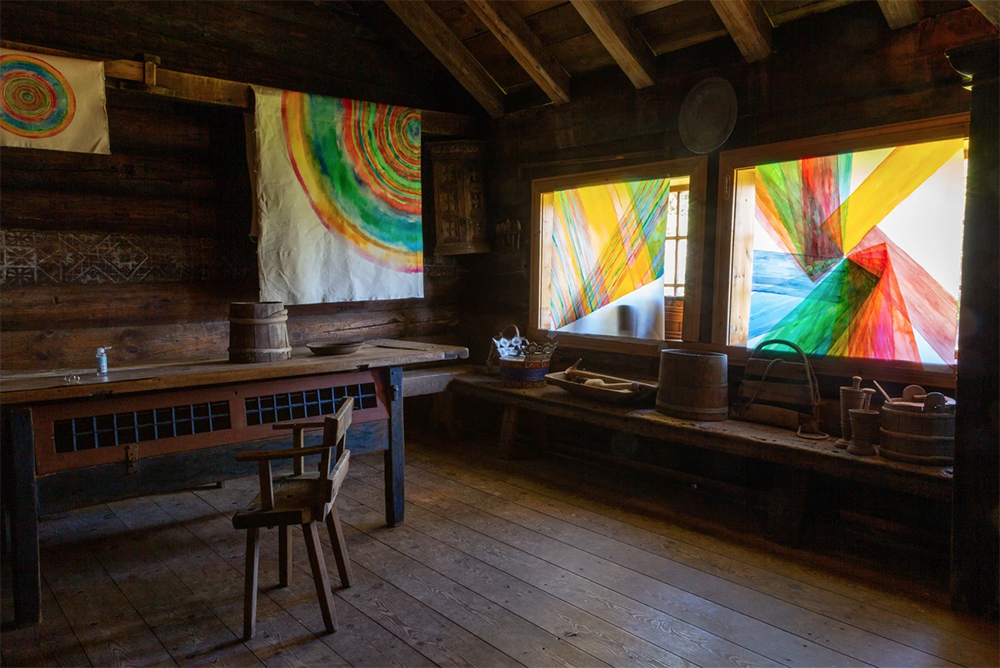
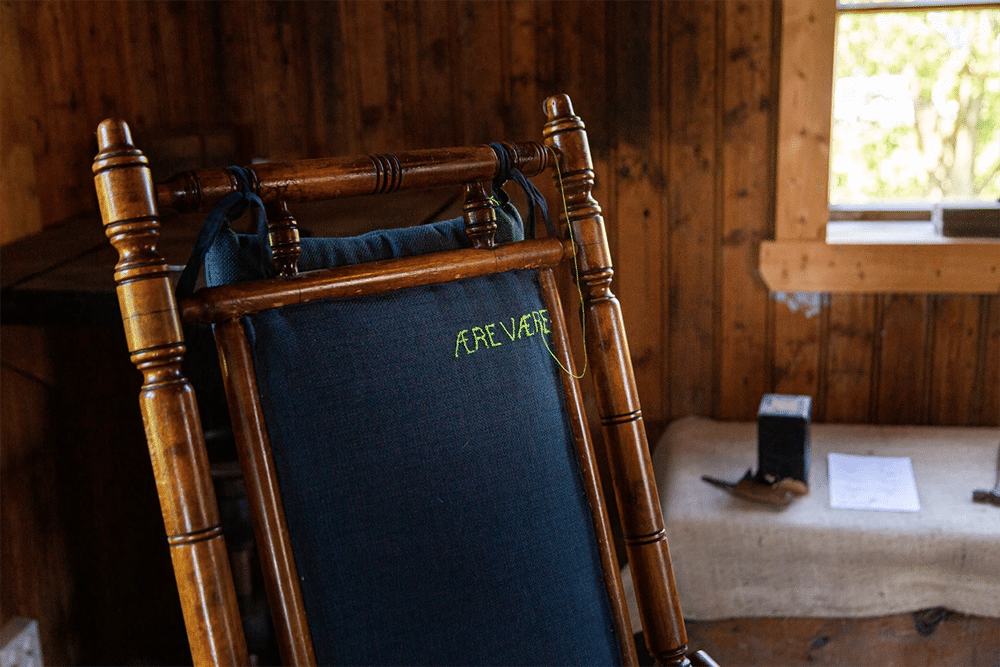
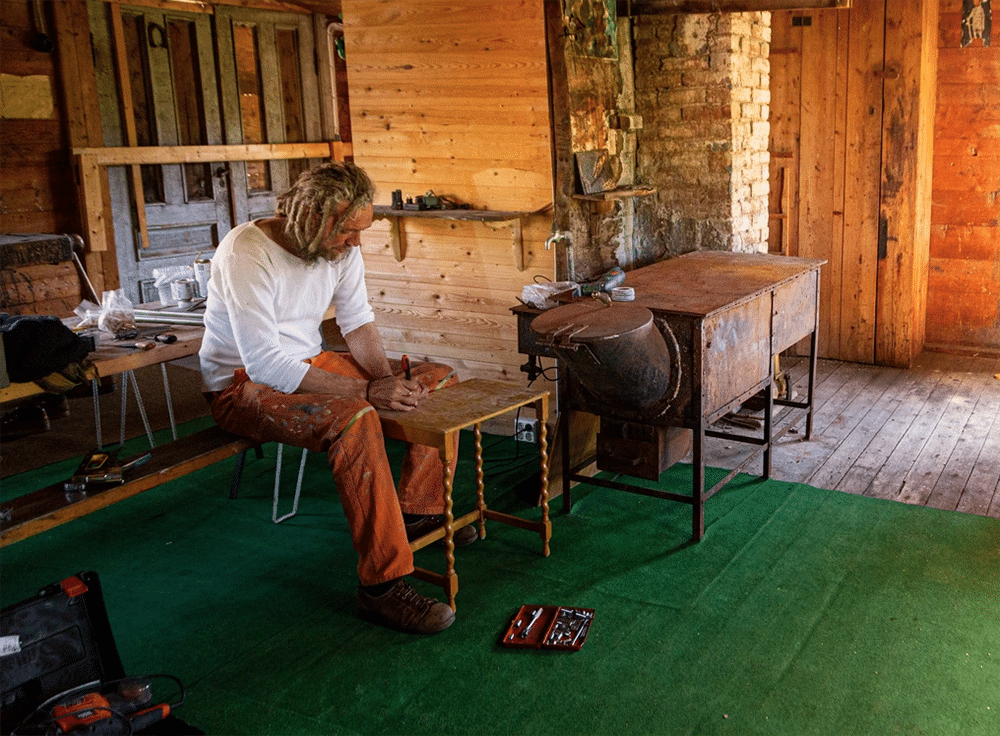
Solarpunk communities like the Rjukan Solarpunk Academy, concerned about sustainable development, base their activities on co-creative action and vision, community building, public engagement, dialogical approach and experimentation through art, science and technology. They serve as examples of artists who use their unique skillset to create practical, grounded solutions, and set forth methodologies for thinking and doing that we as individuals can adopt into our everyday lives, households, communities, and societies at large.

Maria Chiara Wang is an Italian contemporary art critic and curator. She regularly writes for Espoarte, Exibart and SMALL ZINE, and collaborates with independent exhibition spaces, galleries and institutions in Italy and abroad. She is a member of GCC Gallery Climate Coalition and of Ki Culture.


